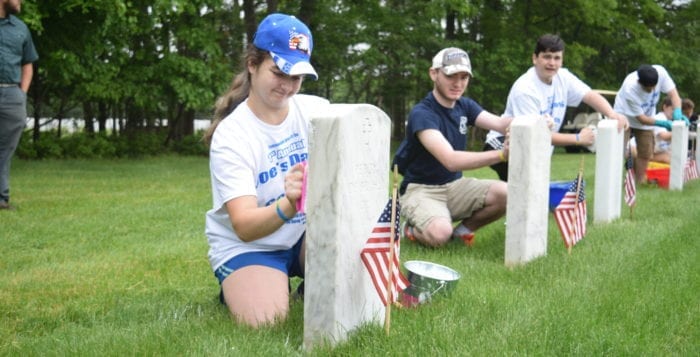By Leah S. Dunaief

It’s still the same old story, only 60 years later. When I was an undergraduate at Barnard, the college president, Millicent McIntosh, who was well ahead of her time, urged the women — actually we still called ourselves “girls” then — to prepare themselves for a career and not just for marriage. “Statistics tell us that you will be alone during some parts of your adult life, whether from widowhood, divorce or not finding a mate. You may have to support yourself and your children, should you have them.” We giggled at the message.
The question then became: Who will take care of the children while we are working, and what will be the effect of a working mother on those children? In short, the issue was how to balance a career and motherhood.
Although she didn’t say it, the answer for President McIntosh, our role model who had several children, was to have help in the home. That was made possible by the fact that she and her physician husband made a sufficient living to pay for that help. That meant for women to have a career was a luxury, and we resolved the career/motherhood dilemma by assuring ourselves that it was quality time spent with children, not quantity, that would make the difference in their lives.
How pat an answer. How innocent. How ridiculous.
 This was just before the world changed, just before Betty Friedan, Bella Abzug, Gloria Steinem and the invention of birth control pills. Within the following 20 years, certainly by the early 1980s, women poured out of the kitchen into the workplace, and the two-paycheck family became the norm. Values in America had changed, family income had improved, but the conversation was the same: Who will take care of the children and how will women and men — and the children at home — cope?
This was just before the world changed, just before Betty Friedan, Bella Abzug, Gloria Steinem and the invention of birth control pills. Within the following 20 years, certainly by the early 1980s, women poured out of the kitchen into the workplace, and the two-paycheck family became the norm. Values in America had changed, family income had improved, but the conversation was the same: Who will take care of the children and how will women and men — and the children at home — cope?
So how have we coped?
For starters, women can pursue success in the workplace much more readily, if not yet with pay equality. Women can also support themselves rather than stay in a marriage they may deem difficult. The other side of the coin is that the frustrations of balancing the workplace and motherhood that we imagined early on have indeed come true. And lots of other changes have taken place in society that weren’t imagined.
The relationship between men and women inside marriage has changed. The drive for equal pay in the workplace continues. The rate of divorce has soared in the last half-century. And fewer Americans are even getting married than ever before.
In 1960, 82 percent of Americans between the ages of 25 and 34 were married, but in 2010 that rate had dropped to 44 percent. By 2018, the reproductive rate in the United States had fallen to a 32-year low, which will of course have all sorts of implications for the future workforce and economic consequences on Social Security, among others. Remaining in the middle class now depends, for most people, on two incomes.
And the work-life balance question? Well, that problem still hangs in the air. Someone has to take care of the children, but who? I can honestly say that almost every career-successful wife I have ever interviewed and asked how she managed the home-workplace situation has expressed frustration with the outcome even as she loves her work.
Couples today work out their own arrangements. Those fortunate enough to have the funds hire help. Roles in marriage have sometimes reversed, with the husband staying at home for the family. Some corporations have realized the benefit of offering paid family leave, so that infants are not left to third-party care. Grandparents have been pressed into service to care for their grandchildren.
But the bottom line is that the choice to work has now become the necessity in most cases for both partners to support the family.
The choice is still a luxury.





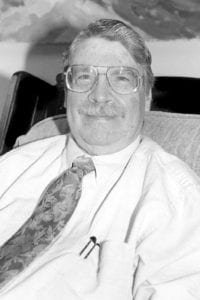

 This week’s featured shelter pet is Cutter, an 8-month-old Black Mouth Cur mix who was rescued from a high kill shelter in Texas.
This week’s featured shelter pet is Cutter, an 8-month-old Black Mouth Cur mix who was rescued from a high kill shelter in Texas.


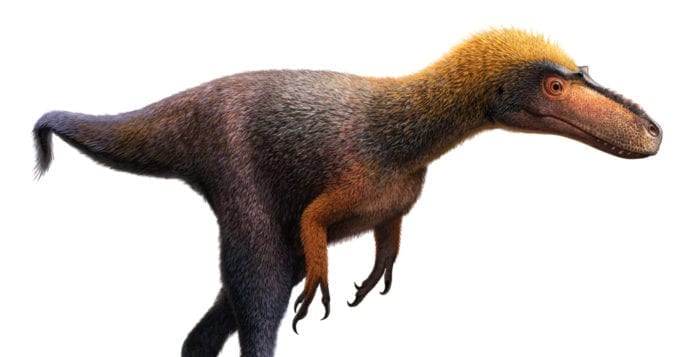
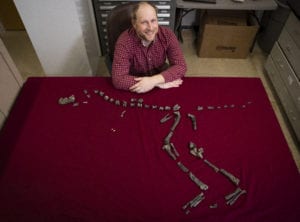
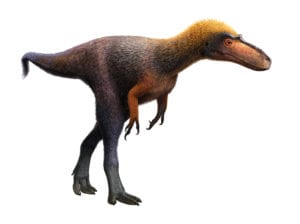
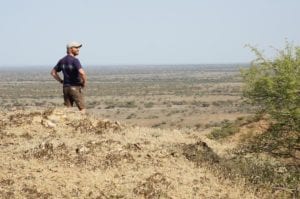



 Such studies were repeated in the workplace, with workers taking problem-solving and strategy tests, and the results were the same. In today’s energy-sensitive world, many office buildings are better sealed, with less fresh air seeping indoors. Another interesting fact was that not every type of test showed that same result.
Such studies were repeated in the workplace, with workers taking problem-solving and strategy tests, and the results were the same. In today’s energy-sensitive world, many office buildings are better sealed, with less fresh air seeping indoors. Another interesting fact was that not every type of test showed that same result.